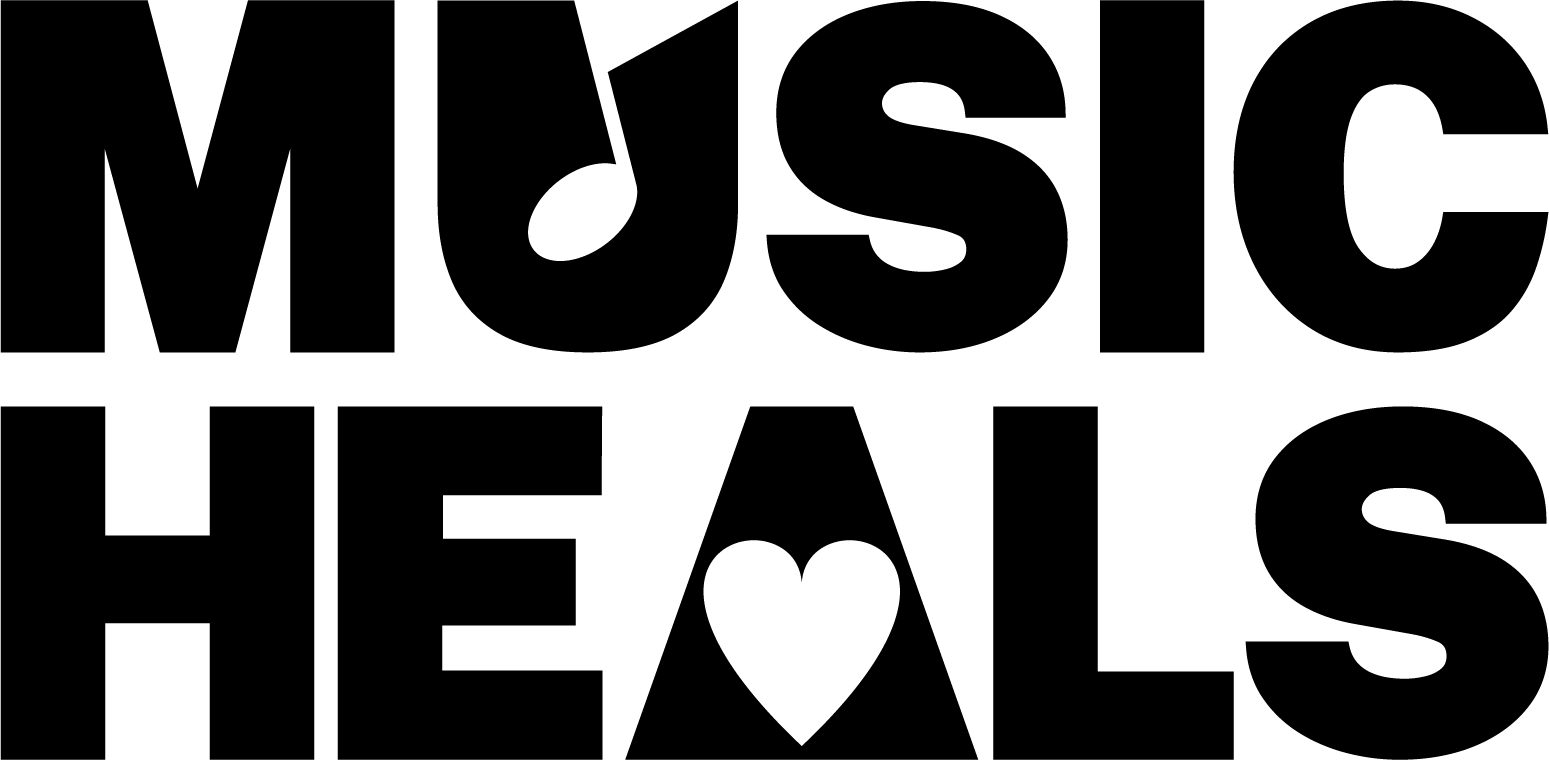The effects of anxiety and stress on human behaviour have been widely recognized. Experts estimate that between 50% and 80% of all medically related disorders are directly attributable to stress related etiologies. Hanser’s literature review (1985) found that psychosocial stressors are considered to be major catalysts in the development or progression of hypertension and associated illnesses, gastrointestinal problems, skin disorders, headaches, insomnia, coronary artery disease, and other potentially life-threatening diseases.
Strategies for coping with stress seem to follow two themes (Hanser, 1985): first, direct attempts to change environmental demands or the capacity of the self; and second, regulating emotions associated with stress, managing tension, and facilitating relaxation. In practice, the emotional and behavioural elements are combined to form an integrated coping methodology.
Music therapy, with its potential to influence both psychological and physiological processes, then becomes an important alternative in the practice of stress management. Recognition of the inherent qualities of music in association with medicine has its roots in antiquity. Throughout history there are references to the use of music as therapy for a variety of illnesses. Particularly in the past two decades, a resurgence of interest in this field has focused attention on clinical and experimental research evaluating the physiological and psychological effects of music on the workings of the body, both in health and in disease (for a comprehensive review see Standley, 1986).
The bulk of this research in the area of stress reduction has examined the effects of music on the physiological processes of relaxation. Numerous studies have reported significant decreases in, for example, heart rate, skin temperature, and muscle activity when music has been used in the relaxation process. Recent studies of psychological responses to music in the relaxation process have been overwhelmingly positive. Anxiety measures and self-reports find people indicating greatly increased feelings of relaxation and calmness. Other researchers have studied the positive contribution of music on the effectiveness of biofeedback, guided imagery, and other established techniques.
In light of recent research in music therapy and stress reduction, it seems evident that music can play a significant role in the treatment of persons suffering from stress-related disorders. It has been demonstrated that music can dramatically influence physiological and psychological processes, and that it also provides, for most individuals, a non-threatening, pleasurable experience. Further, the dramatic effects that music can have, as well as the variability of individual responses to music, should underscore the need for a trained music therapist, knowledgeable in this area, to ensure a more positive and successful experience when using music in stress reduction treatment and relaxation training.
For persons with stress and anxiety related disorders, music therapy can:
Provide a stimulus for relaxation
A variety of studies have demonstrated the effectiveness of music and/or music therapy techniques in inducing a relaxation response, both physiologically and psychologically. Jellison (1975), for example, has shown that background music can reduce stress responses and help induce relaxation under stress. Music has also been successfully combined with biofeedback techniques (Scartelli, 1984; Scartelli & Borling, 1986) to reduce tension and facilitate relaxation responses. Hanser (1985), in a comprehensive review of the literature, reported on numerous studies wherein music was found to be effective in eliciting perceptions of improved states of relaxation as measured by A-State Anxiety Inventory scores and verbal reports. Throughout much of the literature, subjects have overwhelmingly conveyed a feeling of deep calm and relaxation. In many cases (Scartelli & Borling, 1986), it was clearly the music which induced and maintained an enhanced state of relaxation, both psychologically and physiologically.
Provide a reinforcing stimulus for relaxation
The strength of music therapy in eliciting and reinforcing relaxation lies, perhaps, in the fact that music elicits responses more compatible with relaxation behaviours than do other modes of reinforcement. Saperston (1989), found that verbal stimuli, through activating verbally based cognitive processes, could distract from the relaxation training. Music, being processed predominantly by nonverbal areas of the brain, could more consistently produce desired responses. This relates also to the findings of Scartelli & Borling in their 1986 study. Subjects in this study reported that the music listening helped to prevent their minds from wandering, and reinforced their ability to focus on relaxation. These studies support many researchers’ contention that a more efficient relaxation process results from enhanced nondominant hemispheric activity, since music listening is a. nondominant hemisphere function. Music is also an effective reinforcer because, as an auditory stimulus, it pervades the environment and is difficult to ignore. Individuals can also learn to actively make use of musical experience, a pleasurable one for most people, for their own reinforcement. By cognitively engaging in the music, individuals can create their own distraction and/or relaxation reinforcement during stressful feelings or events (Brown, Chen, & Dworkin, 1989).
Promote recognition of bodily responses to stress and enhance the, physiological processes of relaxation
Music therapy techniques can be effectively employed to educate the individual regarding his or her own bodily responses to stress. Hanser (1987) successfully employed a music-based exercise programme designed to promote recognition, and eventual alleviation, of body tension. Participants became much more adept at identifying and recognizing their own tension responses. This ability to better identify one’s own responses can ultimately enhance the ability to relax. As Scartelli & Borling (1986) point out, by bridging the gap between the conscious and normally unconscious activities of the body, individuals can develop a new understanding and increasing sense of control over their internal states.
To further facilitate the physiological processes of relaxation, music used in conjunction with biofeedback measures has also been shown to be effective. Scartelli (1984), in studying the effects of biofeedback and/or sedative music and biofeedback alone, found that it was subjects in biofeedback with music and music alone conditions who experienced significant decreases in frontalis muscle activity. Scartelli & Borling (1986), conducting a similar experiment, also found significant decreases in muscle tension at targeted sites. Davis & Thaut (1989) found physiological patterns that could actually be indicative of a variety of pleasant or unpleasant experiences. When participants reported that the experience was, subjectively relaxing and anxiety reducing, they speculated that the moderate increases in physiological arousal they observed simply accompanied the enjoyment of the music and thus facilitated feelings of reduced anxiety and increased relaxation.
Most researchers also agree on the importance of individual attitudes and preferences to ward music and its effectiveness in relaxation processes. While individual physiological responses to musical stimuli will likely vary, musical stimuli perceived by the individual as pleasant and relaxing may best enhance the physiological and psychological processes of relaxation (Davis & Thaut, 1989). At the same time, however, the client’s preferred relaxation music may not elicit the best physiological response. In such a case, Saperston (1989) successfully modified a client’s music preference to facilitate more relaxed responding. He observed that clients who initially achieved lower EMG levels with preferred ‘stimulative’ music, eventually attained considerably lower EMG levels with ‘sedative’ music.
Facilitate identification and expression of feelings associated with stress
Much of the research base in music therapy and stress reduction literature has focused on the, effects of music on, specifically, physiological processes, of relaxation. Many of these studies have employed music in a somewhat “passive” role, providing carefully selected music listening, stimuli for relaxation, reinforcement, and so on. Often concurrent with the enhanced physiological processes of relaxation, subjects report feeling more relaxed on a psychological level as well. Music therapy, however, can play a much more significant active role in enhancing the psychological processes of relaxation.
Music therapy can be effective in helping the individual to learn to recognize feelings and behaviours associated with stress and to express these emotions in positive, appropriate ways. Stress and stress-related disorders can be terribly disruptive to normal functioning and interrelating. The music therapy session can heighten an individual’s awareness of the emotional toll stress is taking on his or her fife. If stress-related feelings and emotions are not identified and dealt with, they may simply exacerbate the situation. For the individual who has so successfully internalized these feelings, musical experience, being both personal and internal, may provide an important cathartic release (Brown, et al., 1989).
Lienhard (as cited in Peters, 1987), also discusses the integral part that music therapy can play as an adjunct to group therapy in stress treatment programmes. According to Lienhard, instrumental improvisation, music listening, their reactions. Song lyrics, for example, can be used as a catalyst for discussion, helping clients to identify areas of stress, identify and express feelings associated with this stress, discuss emotions, and share constructively with the group and receive valuable feedback.
Provide alternative coping mechanisms for dealing more successfully with stress
While it is critically important for persons with stress-related disorders to increase or enhance their ability to relax, it is just as important that they learn alternate ways of dealing with the stress in their lives. Music therapy can be effective in this role. Wolfe (1978) successfully employed music therapy discussion groups designed to encourage group members to talk to one another as well as to stimulate constructive discussion concerning ways of improving unpleasant and stressful situations. Learning to play instruments while in music therapy has the added benefit of providing the client with a leisure skill that serves as a means of tension release.
Further, in using the music setting as a model for the environment in which stress-evoking interactions and/or events may occur, problems may be identified and solved within the confines of the therapy session (Hanser, 1985). Stress-related behaviours and/or patterns can be observed within the music therapy context and dealt with or changed within this controlled environment. Also, beyond simply learning .relaxation techniques, Saperston (1989), for example, uses the music therapy setting to- help individuals learn to recognize when they would benefit from performing their relaxation induction, providing another effective means of coping with stress.




